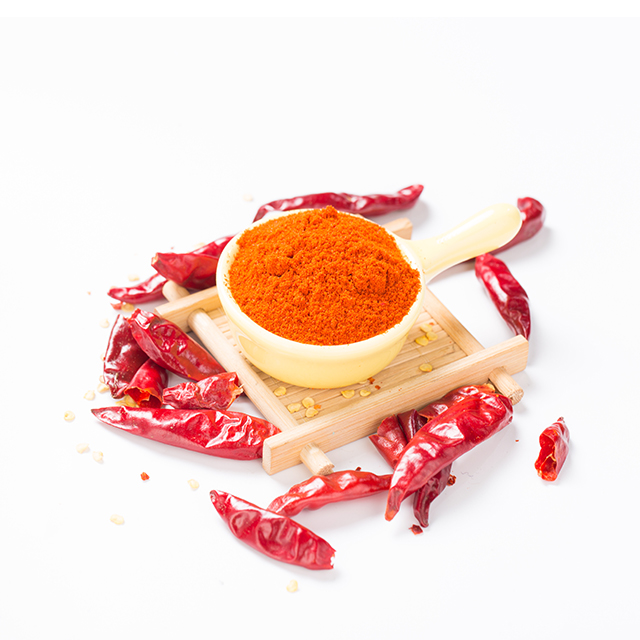Dec . 13, 2024 12:39 Back to list
Exploring the Flavorful World of Dried Hot Chili Peppers
The Fiery World of Dried Hot Chilies
Dried hot chilies have been a staple ingredient in many culinary traditions around the globe. Their allure lies not only in the intense flavor but also in the depth they add to dishes, transforming even the simplest recipes into gastronomic delights. From the kitchens of Mexico to the spice markets of India, dried chilies are celebrated for their versatility and heat.
One of the most fascinating aspects of dried hot chilies is the variety available, each with its own unique flavor profile and heat level. Take, for example, the famous cayenne pepper, known for its bright red color and fiery taste. It is celebrated for its ability to elevate sauces, marinades, and even soups. In contrast, the ancho chili, a dried version of the poblano, offers a smoky sweetness that adds complexity to dishes such as mole sauce. For those seeking a more adventurous flavor, the ghost pepper, or Bhut Jolokia, is notorious for its extreme heat, often reserved for the bravest of palates.
The process of drying chilies dates back centuries, rooted in the need to preserve them for long periods. Drying not only extends the shelf life of these vibrant vegetables but also concentrates their flavors. The drying process requires a careful approach, as the environment must be controlled to prevent mold while allowing the chilies to retain their essential oils and flavors. Traditionally, chilies were dried in the sun, but today, many opt for dehydrators or ovens, making the process accessible to home cooks.
In addition to their bold flavors, dried hot chilies also offer numerous health benefits. Packed with vitamins A, C, and E, as well as various antioxidants, they are known to enhance the immune system and promote good health. Furthermore, compounds like capsaicin, responsible for the heat, have been studied for their potential metabolic benefits, including weight loss and pain relief. This dual nature – flavor and health – makes them an essential ingredient for those looking to spice up their diets.
dried hot chilies

Cooking with dried chilies requires some knowledge and techniques, as their heat can vary significantly depending on the type. A common approach is to rehydrate the chilies before using them. This can be done by soaking them in warm water for about 20-30 minutes. Once rehydrated, they can be blended into a paste or added directly to dishes, infusing flavors that excite the palate.
Moreover, dried chilies can be used whole, crushed, or ground into powder, allowing home cooks and professional chefs alike to tailor their heat levels to suit their tastes. The crushing process releases the essential oils, intensifying the flavor, while grinding can create a fine powder that seamlessly blends into spice mixes or rubs for meats.
In many cultures, the culinary use of dried hot chilies extends beyond just cooking. Festivals celebrating chili peppers are common, showcasing the many varieties and their uses in local cuisine. For instance, in Mexico, the Day of the Dead features celebrations that often include dishes prepared with an assortment of dried chilies, emphasizing their cultural significance.
While exploring dried hot chilies, one cannot ignore the economic aspect. Regions known for chili production, such as Mexico and India, rely on this crop for their livelihoods. The demand for both local and international markets drives an industry that continues to grow, with artisanal producers and large-scale farms working side by side. The cultivation and harvesting of these chilies require skill, dedication, and knowledge passed down through generations, highlighting the deep-rooted cultural ties to this fiery ingredient.
In conclusion, dried hot chilies are more than just a spice; they are a gateway to exploring flavors, cultures, and health. The next time you reach for a bag of dried chilies, take a moment to appreciate their rich history, the craft behind their production, and the multitude of culinary possibilities they offer. Whether you are a seasoned chef or a novice cook, incorporating dried hot chilies can add an exciting element to your cooking, inviting you to embark on a spicy journey.

